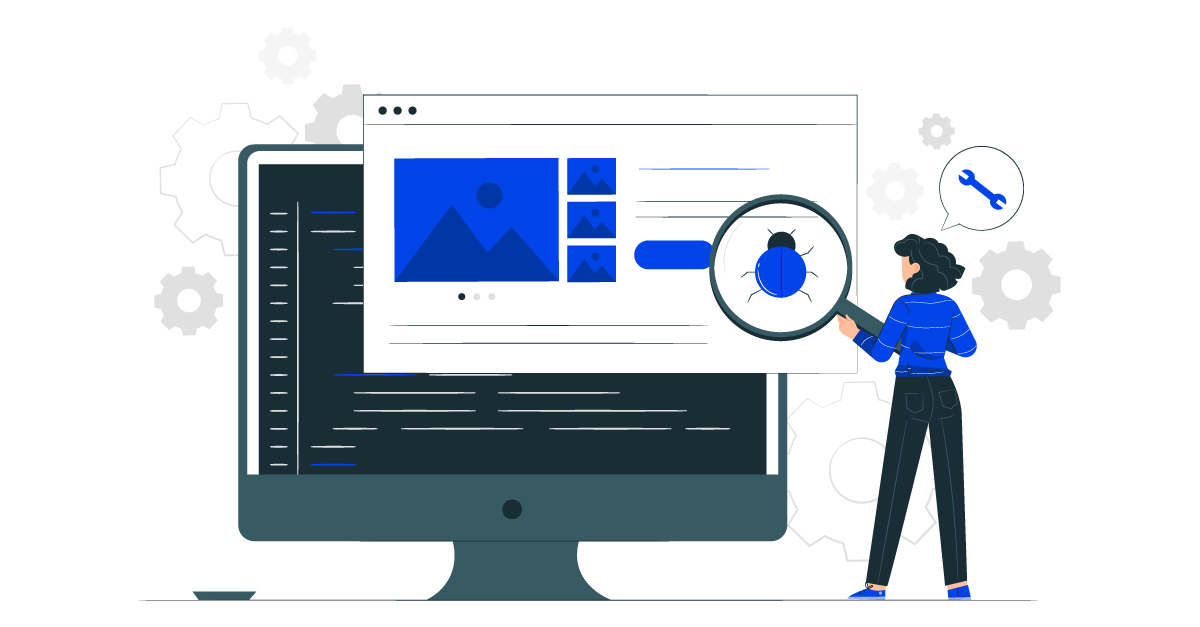Top 5 Common Mistakes to Avoid While Doing Adobe Commerce Store Development
-
 Kamlesh
Kamlesh
- 3 years

Adobe Commerce is the most popular eCommerce solution for developing highly user-friendly and intuitive online stores. With robustness, beautiful designs, and excellent customization capabilities, Adobe Commerce has been the market leader and favorite of many big brands for years.
Several eCommerce businesses attribute up to 80% of their profit uplifts to Adobe Commerce (formerly known as Magento). However, all that glitters is not pure gold.
While Adobe Commerce is a fantastic platform with world-class features, many eCommerce business owners get overwhelmed with the complexities of managing an Adobe Commerce store and make mistakes that sometimes cost them thousands of dollars. In this blog, we will find out these mistakes to help you avoid them and build an online store that outshines the market.
So, let’s get started.
5 Adobe Commerce Development Mistakes and How to Fix Them
Not following the right Adobe Commerce store development process can result in fewer conversions and less revenue. Here are some mistakes that most developers commit:
1. Poor Selection of Website Theme
The theme you use to design your Adobe Commerce store will impact the UI/UX your store offers. Several budding entrepreneurs mistake choosing the wrong theme that doesn’t go as per their branding. The problem with a wrong theme multiplies once you scale your offering or add more products to your store.
Thus, before you select a theme, it is essential to do some research or talk to experts who have expertise in developing online stores for your industry. Find out if your chosen theme will stand out if you add more categories or products. Will it appeal to your target audience? Can you customize it as per your business needs?
You need to consider all these factors before finalizing a theme. If you can’t find the right option, it is better to get the theme developed from scratch than select the wrong one, as it can hamper your branding negatively.
Also Read: Magento Theme Development: 5 Tips to Take the UI/UX of Your Store to the Next Level
2. Not Choosing the Right Plugins or Extensions
An online store’s speed and performance depend on the components you choose to build and launch. Maybe the eCommerce development platform, plugins, or extensions. Thus, you must select all of them very carefully. And because Adobe Commerce is a highly scalable platform, there are high chances that you will use several extensions to enhance your store’s functionality.
However, all extensions may not work well with Adobe Commerce. Some extensions break the platform’s cache and do not work correctly with CSS/HTML minification and JS bundling. These extensions can hamper your page load speed, leading to poor store performance and customer experience.
Thus, not testing how an extension will work with your Adobe Commerce store under all circumstances is a big mistake. You must thoroughly conduct regression tests and load tests before deploying an extension.
3. Not Using the Platform to the Fullest
Adobe Commerce is a feature-rich platform. It has everything you will ever require, from product recommendations to live search and B2B functionalities. However, only a few people tweak around with what’s available by default. They think customizations may mess around with the platform’s overall design and configuration. This is the wrong approach, as you can never maximize your store’s performance and user experience this way.
You must play around with everything that this platform has to offer. For example, do you know that you can launch and maintain several sub-stores using a single Adobe Commerce admin panel? There are several features like this that you may not even know. That’s why you must have a team of expert Adobe Commerce developers by your side when you embark on your Adobe Commerce store development journey.
4. Ignoring SEO Optimizations
The eCommerce industry is becoming highly competitive with every passing day. Thus, you must think about Search Engine Optimization of your online store from the very beginning.
The default setting of an SEO store needs massive optimization. But, developers usually ignore these things considering that it is the job of an SEO person. The common mistakes they make are not adding alt tags to product images/logos, not optimizing product descriptions, and taking the presentation of your store for search engines lightly. These changes may seem small but can highly affect your store’s visibility. You must accept the following measure to correct these mistakes before launching your store:
- Add alt tags to visual content
- Remove plagiarized content added to different pages
- Write relevant title tags to remove the home tag from all pages
- Remove the default title
- Use proper keywords with search intent in the titles
5. Not Switching Index, Follow
You may again lose visibility on SERPs if you forget to switch the Index and Follow tags while moving to the liver server from staging. The staging server is for the developmental stage only to ensure you test the changes before making them live. It removes the risk of leaving bugs on the live website.
Ignoring this thing can bring loss of rankings. Thus, the developers should use no-follow/no-index tags when in the development stage so that search engines do not index the test version of your website. Then, when pushing code to the live site, they will have to make sure that Follow/Index tags are removed to make sure the live website gets crawled.
Wrapping Up
If you do not have Adobe Commerce experts by your side, developing and launching an eCommerce store can be problematic. You must know the nuts & bolts of how the development process works to ensure success and smooth store management. If you are in need of help, get in touch with experts at Envision eCommerce. We will be happy to assist you!













